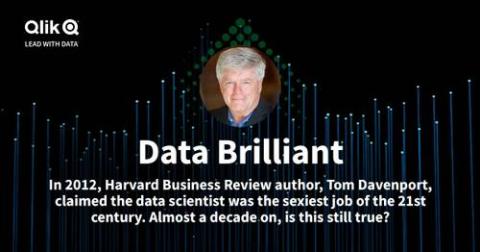Business Analytics: The Future Is AI and It Is Here
Business analytics (BA) is the process of evaluating data in order to gauge business performance and to extract insights that may facilitate strategic planning. It aims to identify the factors that directly impact business performance, such as ie. revenue, user engagement, and technical availability. BA takes data from all business levels, from product and marketing, to operations and finance.









